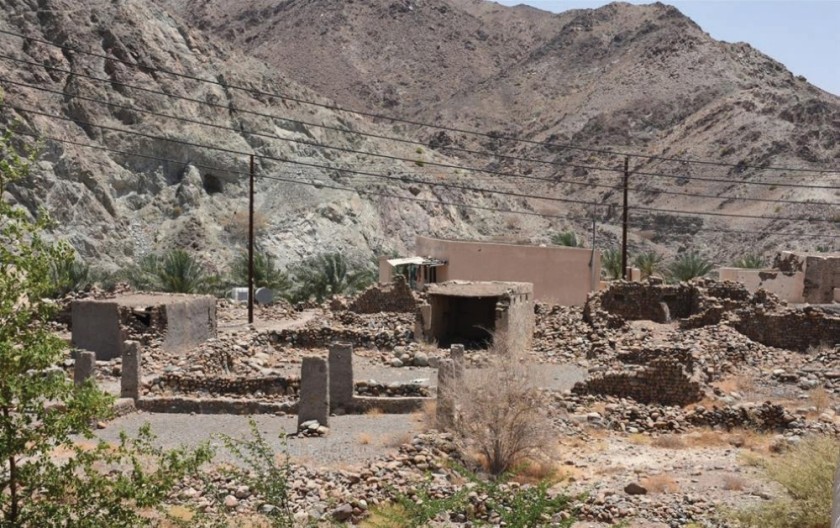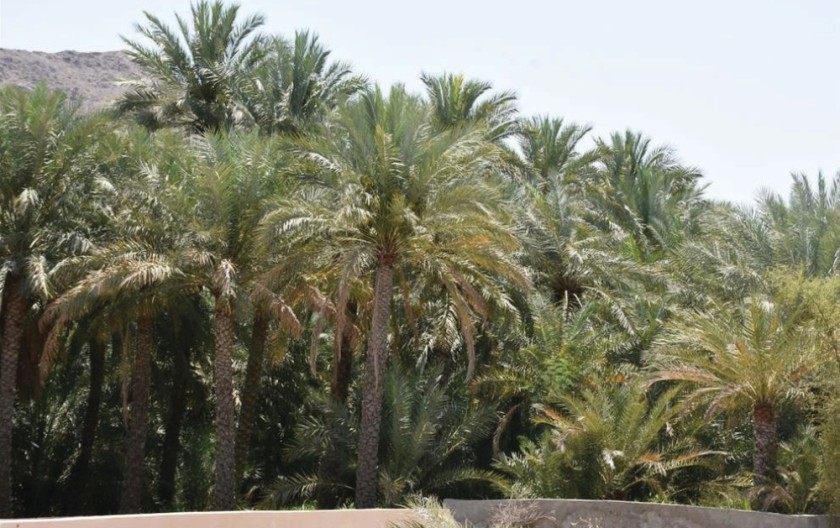

Have you heard of Hail al Ashkhariyeen village in Suhar? Once you visit it, you’d surely keep coming back. Why?
Located in Wadi Ahen in the Wilayat of Suhar in North Al Batinah Governorate, this village remains to be a testament to Oman’s unique traditional architecture.
The village is surrounded by tall mountains making them the high walls that protect the village. Being at the foothills of these mountains, it makes the village a jewel that contains ancient structures, palm plantations, and circuitous paths created by the aflaj located in the middle of the village and spread towards the farms.
“Coming into the village, you would notice right away what is new and what is old. While the roads are made of concrete and well-paved, the ancient dwellings of our ancestors are still standing at the centre of the village. We have preserved these old dwellings,” shared Salem al Ashkhari, a resident of the village.
Al Ashkhari said that his grandparents and their parents before them have lived in Hail al Ashkhariyeen for as long as he can remember.




For the traditional houses,” Al Ashkhari explained that “They are made of small rocks and mud, and the roofs are made of palm trunks and leaves. This is a unique style found all over the villages of Oman. The village is also structured to include houses, mosque, sabla and other facilities that make life comfortable.
“When visitors come to visit and they see the farms and the old houses which are witness to how our ancestors lived in the past, they are looking how the past and present merge. While some other houses were demolished, there are still several that visitors can go through revealing their fascinating details both inside and outside. All the components, including the roads and alleys, these are all very traditional on how we make our house and village,” he said.
He added, “The old village houses are characterised by their low ceilings and few windows with ventilation holes, which makes them cool even in summer. In addition, you can also see the “arish”, which is an external area for relaxation built of palm tree fronds and leaves mainly. “
While the tribe’s shaikh house is the biggest house in the village, there are also other structures that were added like the sheep pens in some houses that protect their livestock during the hot season too.
Al Ashkhari said that the widespread growth of date palms in different gardens automatically give people an idea of how important date farming is for the residents. Located on the slope of the surrounding mountains, they are able to successfully work with the land and make the date palm thrive. The village is famous for the “Al Nagal” palm and other seasonal crops.
Oman Observer is now on the WhatsApp channel. Click here


